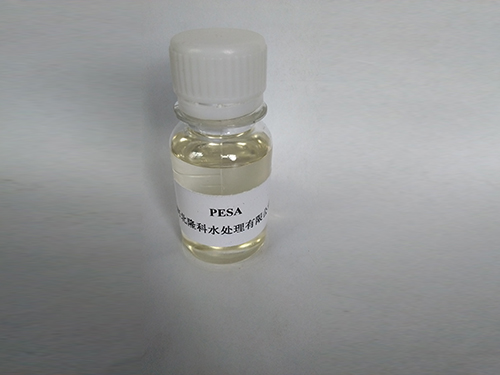Properties and Applications of Polyaluminium Chloride in Water Treatment Solutions
Polyaluminium Chloride (PAC) and Its pH Importance in Water Treatment
Polyaluminium Chloride (PAC) has become an essential coagulant widely utilized in water treatment processes. Due to its unique chemical properties, PAC effectively removes impurities from water, making it a crucial component in municipal water supply systems, wastewater treatment plants, and various industrial applications. Understanding the relationship between PAC and pH levels is fundamental to optimizing its performance in these settings.
What is Polyaluminium Chloride?
Polyaluminium Chloride is a type of inorganic polymer formed by the hydrolysis of aluminium chloride. It appears as a white or yellowish powder, which, when dissolved in water, produces a range of aluminium species. PAC is known for its high charge density and large molecular size. These properties encourage efficient aggregation of suspended particles, leading to better coagulation and flocculation than traditional coagulants such as alum (aluminium sulfate).
The Role of pH in PAC Performance
pH plays a critical role in the efficiency of PAC as a coagulant. The coagulation process is highly dependent on the pH of the water being treated. Generally, the optimal pH range for PAC is between 6.5 to 8.5, although this can vary depending on specific water quality and requirements.
At optimal pH levels, PAC can effectively neutralize the charges on suspended particles in water. When the water pH is too low (acidic), the aluminium species in PAC can become overly dissociated, leading to the formation of soluble, non-coagulating species that do not contribute to the removal of impurities. Conversely, if the water pH is too high (alkaline), aluminium hydroxides precipitate, which may lead to decreased solubility and reduced coagulant efficiency.
pH Adjustment Techniques
polyaluminium chloride ph

In water treatment, controlling the pH is vital to maximizing the effectiveness of PAC. Several approaches can be employed for pH adjustment. Pre-treatment methods often involve adding acids, such as sulfuric acid, to lower pH levels or using alkalis, such as sodium hydroxide or calcium carbonate, to increase pH. Monitoring pH continuously during the treatment process is crucial to maintaining the optimal range for PAC performance.
Benefits of Using PAC in Different pH Conditions
One of the advantages of PAC is its versatility in various pH conditions. It has been found effective in treating water with a wide range of pH levels, making it a reliable choice for many municipalities. In environments where pH levels fluctuate, PAC can still perform well, mostly due to its ability to form a stable, effective floc under various conditions.
Furthermore, during seasonal changes or extreme weather conditions, water pH can vary significantly. As such, facilities using PAC can be more adaptable to changes in source water quality, offering a significant operational advantage. This adaptability helps ensure consistent compliance with water quality standards.
Environmental Considerations
While PAC is generally regarded as safe, the environmental implications of its use, including the potential release of aluminium into the water systems, should not be overlooked. Careful management of dosage and treatment processes must be practiced to mitigate any adverse environmental impacts. Regular monitoring and adherence to guidelines set forth by environmental agencies are essential to address these concerns.
Conclusion
Polyaluminium Chloride is an innovative and effective coagulant for water treatment, particularly when considering the significant role of pH in its performance. By maintaining optimal pH levels through careful monitoring and adjustment, water treatment facilities can significantly enhance the coagulation process. As water quality continues to face challenges from pollution and climate change, PAC presents a reliable solution that helps ensure safe, clean drinking water for communities while taking into account the importance of environmental stewardship.
-
Understanding Polycarboxylic Acids: Properties, Applications, and Future PotentialNewsJul.28,2025
-
Scale Inhibitor Explained: How to Protect Your System from Limescale and Hard Water DamageNewsJul.28,2025
-
Scale and Corrosion Inhibitors: Essential Chemicals for Industrial Water System ProtectionNewsJul.28,2025
-
Polyaspartic Acid: A Biodegradable Polymer for Sustainable ChemistryNewsJul.28,2025
-
Isothiazolinones: A Versatile Antimicrobial Class with Industrial Power and Regulatory ChallengesNewsJul.28,2025
-
A Deep Dive into 2-Phosphonobutane-1,2,4-Tricarboxylic Acid (PBTC)NewsJul.28,2025





